|
"The cultural memory was right, and our scientific surveys were wrong."
"You attribute it to supernatural forces and you say it is a battle between the giants and the gods. . . . These traditional oral tales can contain valuable information ... In particular they can contribute “missing data” ... about events that happened hundreds or thousands of years ago." “I believe that the analysis of myths is hugely important,” Nunn says. “It can help bridge the gap between geological theory and human history and lead to scientific insights.” "Only in the early 21st century did geologists find evidence to confirm the myth’s timeline. . . . 'We were clearly wrong and we only realised this very recently,' Swanson says. 'It’s pretty embarrassing that geologists failed to take the Pele–Hi‘iaka chants into account because we hadn’t believed that the chants had any real meaning.'" "Maybe myths provide a valuable tool for coming to terms with destruction and disaster, or living under a constant umbrella of uncertainty. . . . Myths can provide meaning and the rituals they inspire can provide comfort and a sense of security, Dvorak says. “Myths and rituals help people cope with disaster" Read the article in full here.
0 Comments
Tierradentro Hypogea is an UNESCO World Heritage Site found in Inza, Department of Cauca, Colombia. Within the Tierradentro Park are structures known as hypogea. Hypogea are defined as any structure built underground, but more commonly they are known as ancient tombs or temples, sometimes with niches for human remains, and often decorated with paintings or carvings scored into the rock. The walls and ceiling of Tierradentro are lavishly decorated in patterns bearing remarkable similarity to other depictions found worldwide referencing the overhead electron streamers of the archaic Peratt Column. The radial pattern of these "zigzag" pinch instabilities, as depicted at Tierradentro, also seems to bear witness to the pattern of encompassing electron streamers as reconstructed by Anthony Peratt. In addition, the larger structural columns of Tierradentro are decorated with faces that also greatly resemble representations found worldwide that appear to depict the Peratt Column's elongated, toroid-wrapped polar plume -- terminating in a trio of ball plasmoids often interpreted as a stylized face featuring very round eye sockets, a sharply featured nose and an open mouth. This same "face" was often interpreted in more northerly climes as a "squatting" humanoid. Thanks to Ancient Origins for featuring Tierradentro Hypogea and nearby sites in a recent article, found here.
For more information on the Peratt Column and related imagery found worldwide, see Kronology page -10,200 to -9000 and Katastropedia page for The Peratt Column. Dwarf planet Ceres continues to puzzle scientists as NASA's Dawn spacecraft gets closer to being captured into orbit around the object. The latest images from Dawn, taken nearly 29,000 miles (46,000 kilometers) from Ceres, reveal that a bright spot that stands out in previous images lies close to yet another bright area. These images of dwarf planet Ceres, processed to enhance clarity, were taken on Feb. 19, 2015, from a distance of about 29,000 miles (46,000 kilometers), by NASA's Dawn spacecraft. Dawn observed Ceres completing one full rotation, which lasted about nine hours. Catastrophist Jno Cook on relatively recent discharge events in the asteroid belt, shortly after the collapse of the Saturnian Polar Configuration: The battling Gods in the sky started an immediate retreat after 3147 BC, and Saturn and Jupiter eventually moved to their current orbits, although it would take 860 years for Jupiter and may have taken over a thousand years for Saturn and the Titans. As the Gods retreated into the far sky, Jupiter at first continued to bolt objects in the asteroid belt, through which it was moving, as it was receding from the Sun. The displays enter the mythology of the Gods as the magical weapons of the chief God -- the bolt of Zeus that never misses, the hammer of Thor. Click here to read more of Cook's reconstruction . . .
|
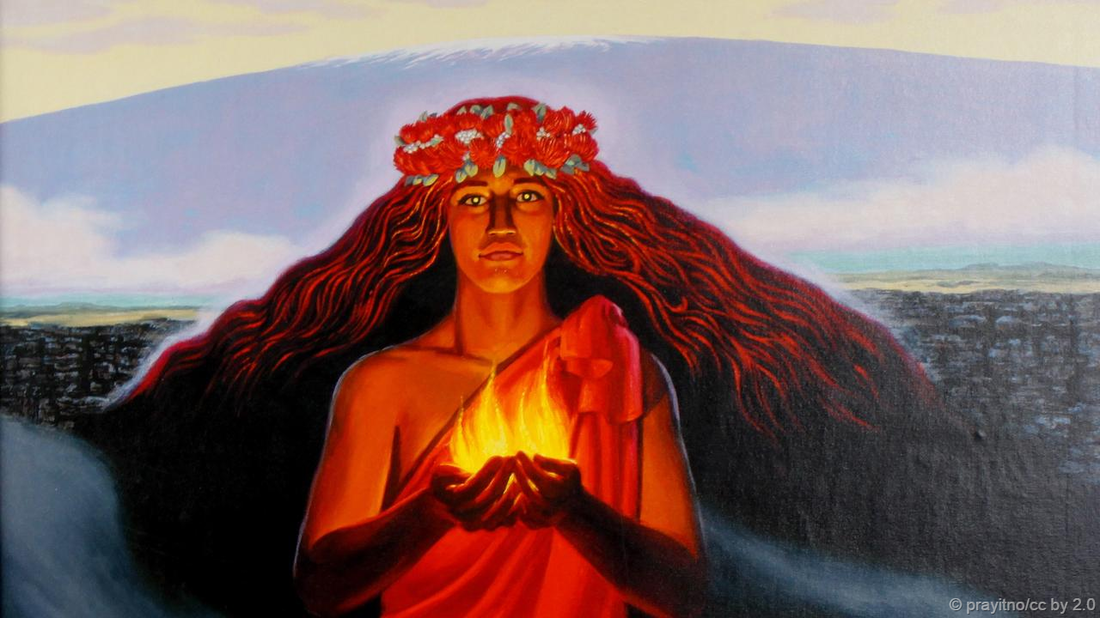
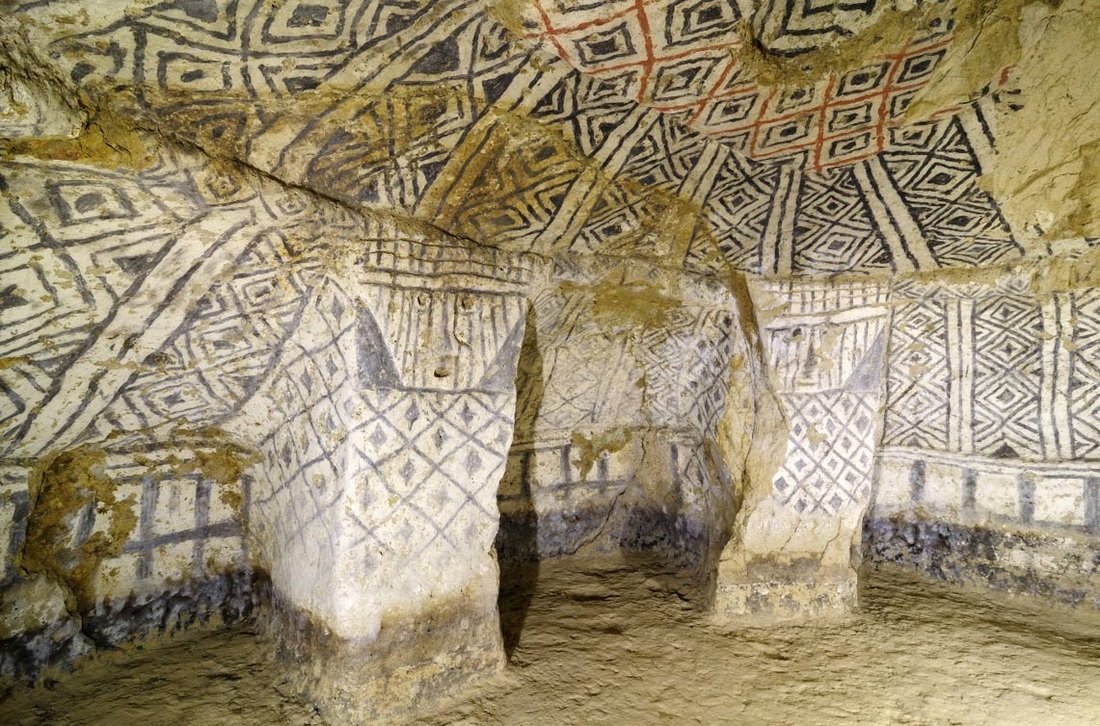
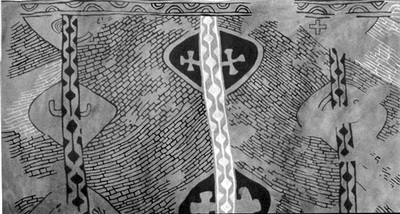


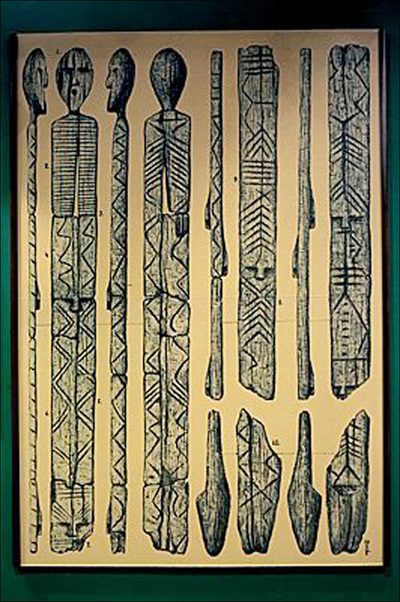
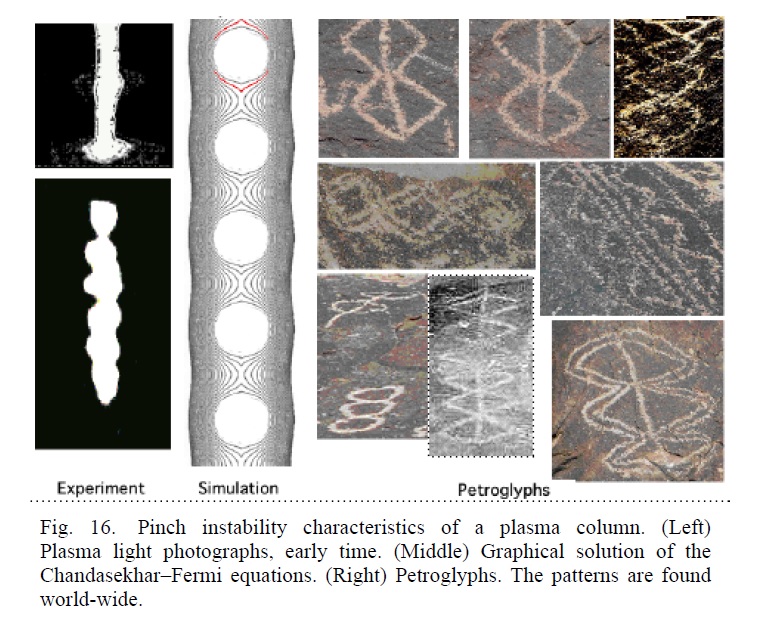
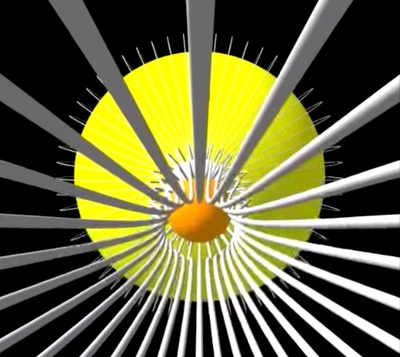
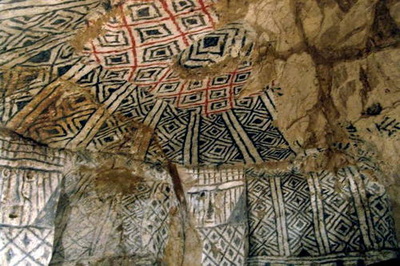
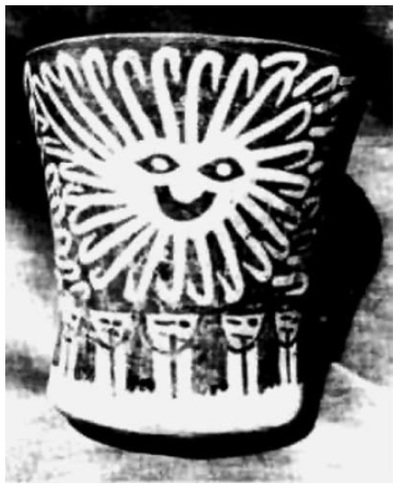
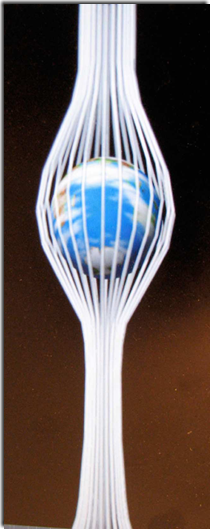
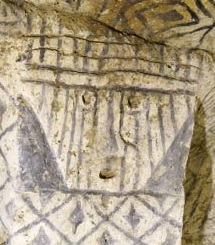
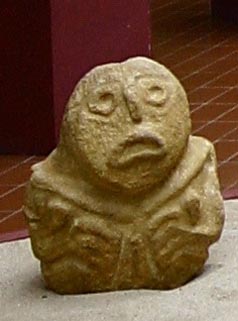
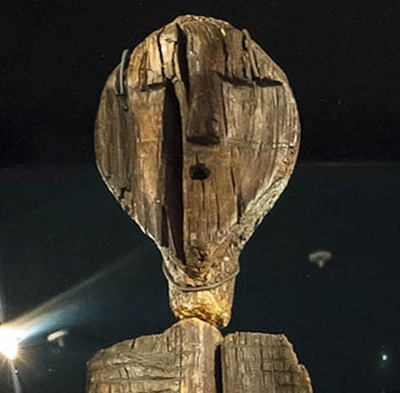
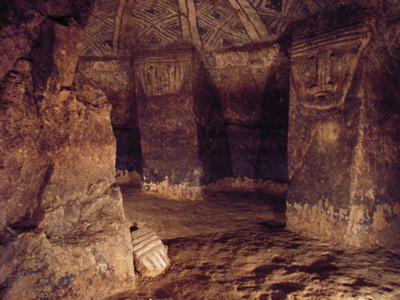
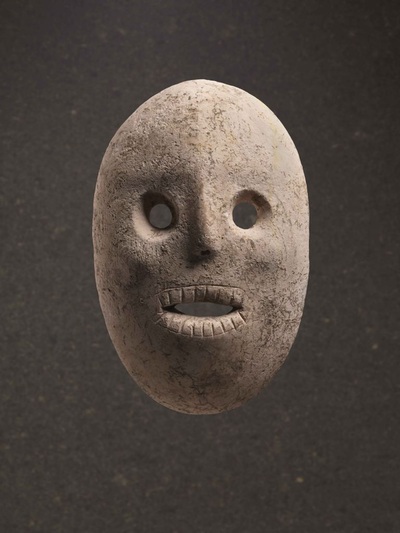
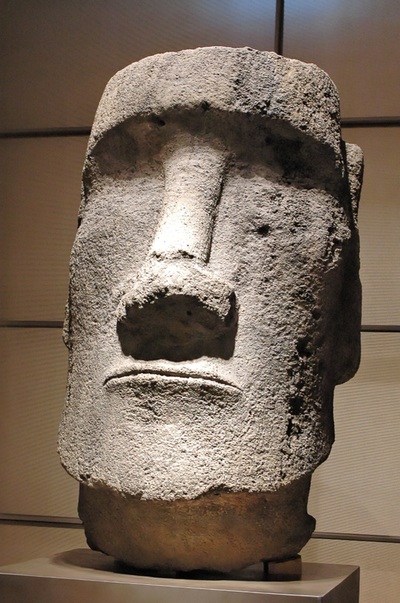
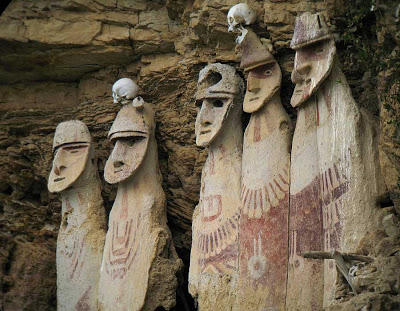
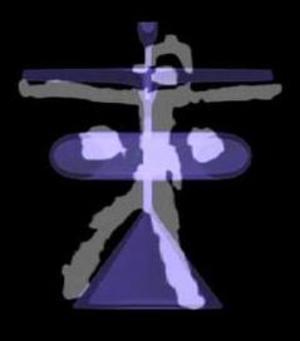
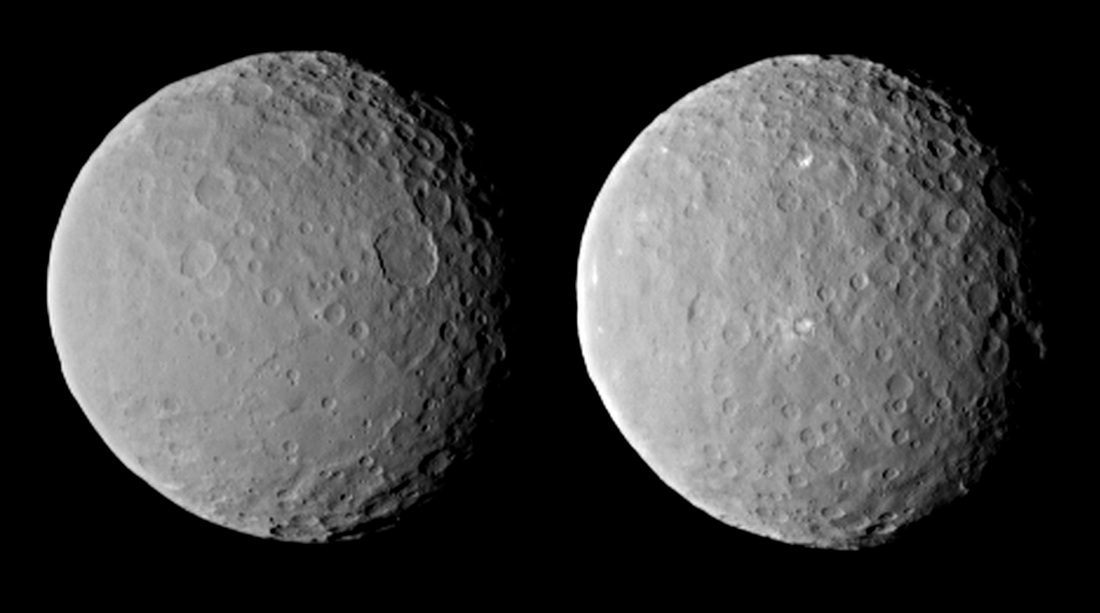
 RSS Feed
RSS Feed